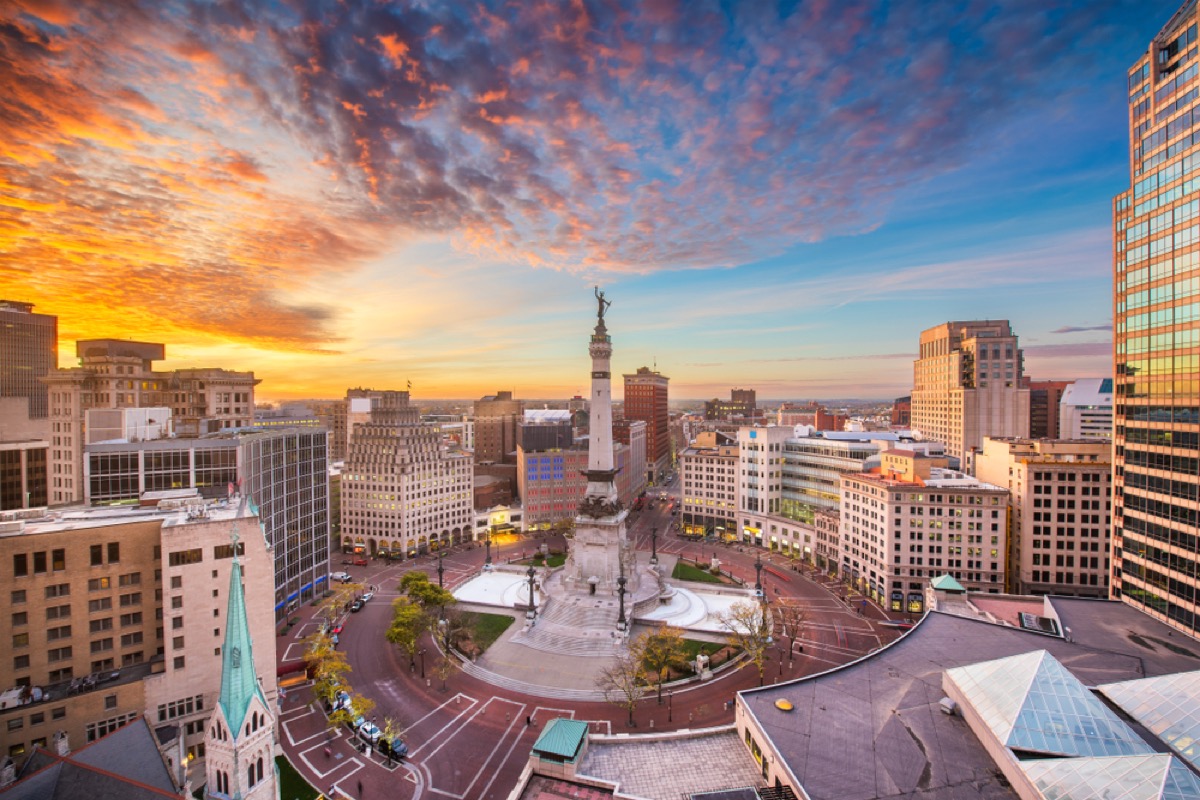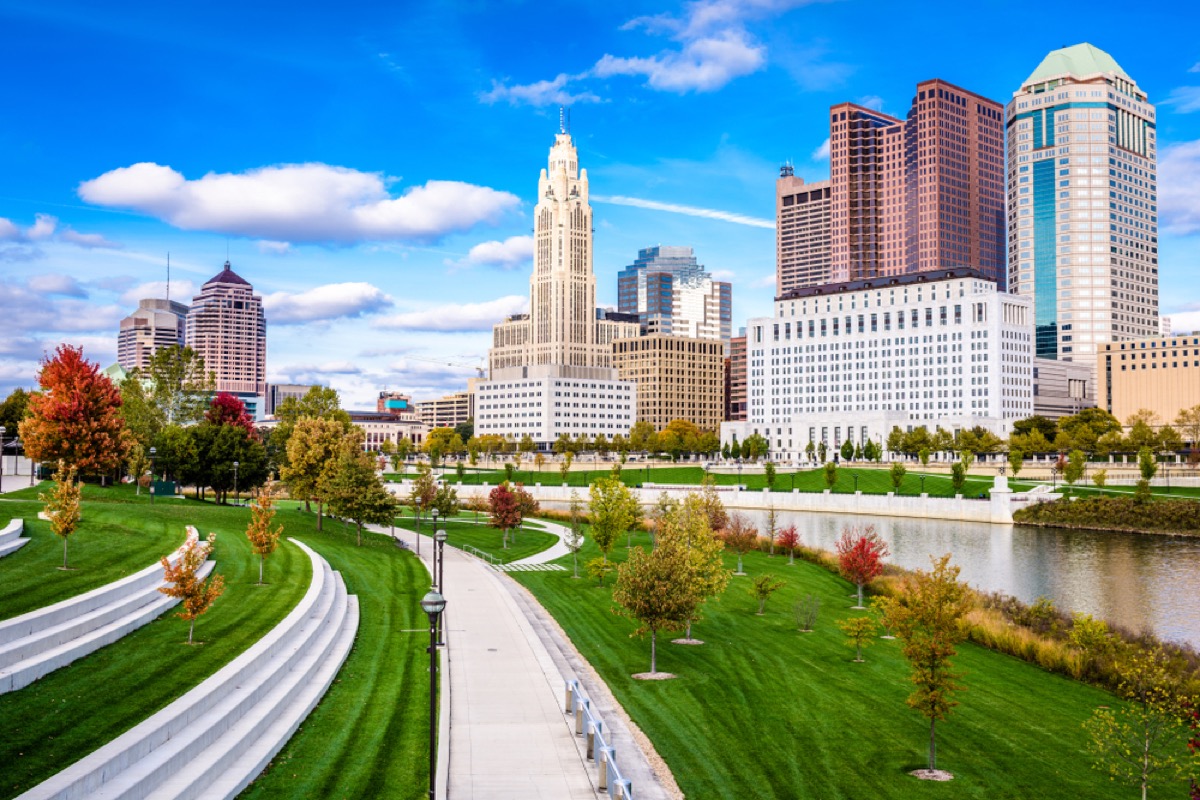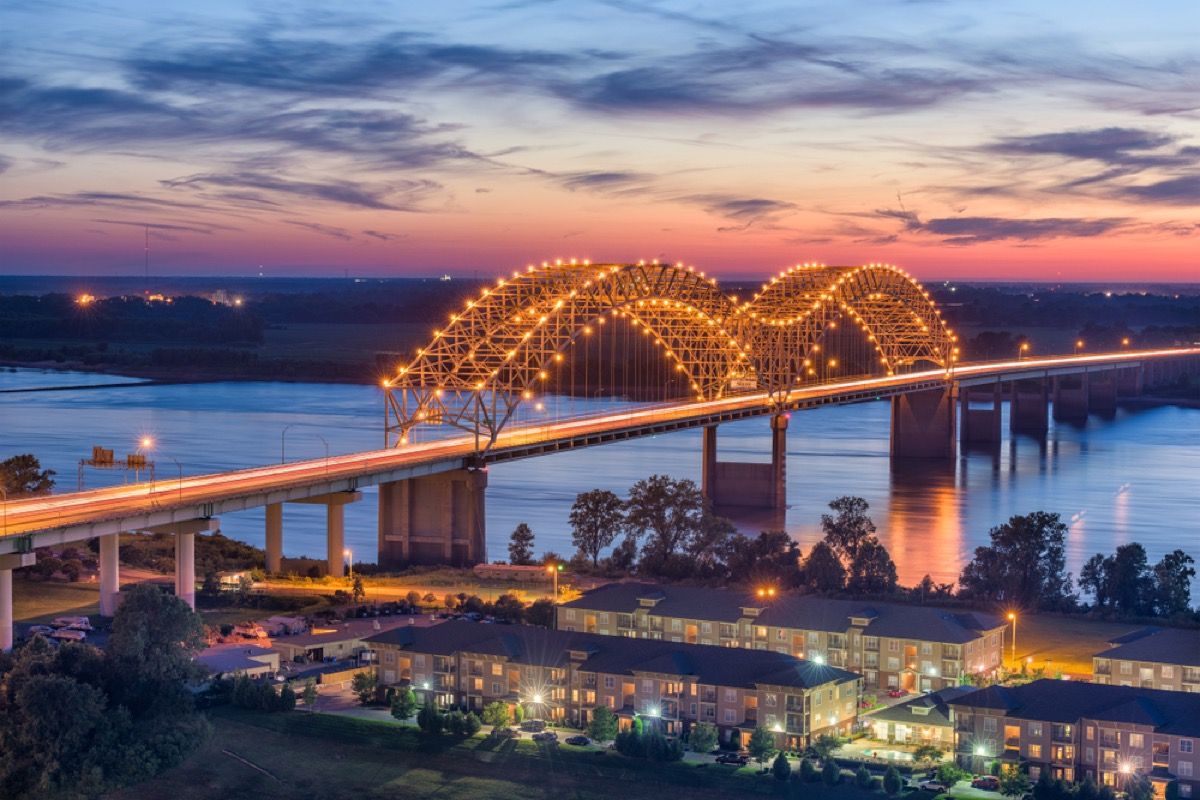At a July 26 press conference in Frankfort, Kentucky, White House Coronavirus Response Coordinator Deborah Birx, MD, said that after visiting states in the south and southwest, she is now focused on a handful of other states that need to reverse course. These states are seeing rising numbers of new cases and positive tests, which means they must take action to slow the spread of the virus. The White House is recommending the widespread use of masks, reduced capacity for indoor dining, limiting social gatherings, and closing bars for these five states that can still contain their outbreaks. And for more states in need of attention, These 3 States Are the Coronavirus Hotspots No One Is Talking About. Kentucky governor Andy Beshear met with Birx before her press conference. “I will not let us become an Alabama or a Florida or an Arizona,” he told the press, as reported by The Courier-Journal. “We’ve got to take proactive steps.” According to the experts at Covid Act Now, Kentucky is currently a high-risk state. With 14.3 daily new cases per 100,000 people and an infection rate of 1.22, coronavirus is spreading rapidly throughout the state. As of July 27, there have been over 27,950 COVID cases in Kentucky, per The New York Times, with a little more than 720 deaths. And for more states that are inching toward dangerous territory, These 6 States Could Become the Next Hotspots, Harvard Doctor Says. Indiana’s numbers are slightly better than Kentucky’s, but cases are still climbing faster than experts would like to see. Currently, the state has a daily new case rate of 12.6 cases per 100,000 people, meaning a “very large number of new cases,” according to Covid Act Now. The infection rate of 1.16 also means “active cases are rapidly increasing.” There have been around 64,415 coronavirus cases to date in Indiana, along with over 2,900 deaths. Birx may have privately warned Ohio state officials that they needed to get more “aggressive” in the hotspot of Cleveland, but she’s now listing the state as a whole as one of the areas of concern for the White House. And it’s true that while the infection rate of 1.08 indicates decent containment efforts in Ohio, 11.6 daily new cases per 100,000 is a serious sign of trouble. The New York Times reports over 84,070 COVID cases in Ohio and more than 3,300 deaths from the virus. And for more on COVID mortality, The Age of People Dying From Coronavirus Is Lowest in These States. While Birx may group Tennessee in with the other states on this list, Covid Act Now considers the situation there to be especially dire, labeling the state as “critical.” That’s because Tennessee is seeing 30.5 daily new cases per 100,000 people, which is a “dangerous number of new cases.” The Harvard Global Health Institute’s color-coded COVID risk level map gives the state a slightly lower daily new case rate, but still puts Tennessee in the highest risk category.ae0fcc31ae342fd3a1346ebb1f342fcb As of July 27, there have been 91,330 coronavirus cases in Tennessee, according to The New York Times, resulting in 955 deaths. And for concerning outbreaks across the U.S., find out The Biggest Coronavirus Hotspot in Every State. Virginia is closer to containing its outbreak than Tennessee, but it’s clear why the White House has taken notice. Covid Act Now reports that the state has a high infection rate (1.14) and a high rate of daily new cases (11.6 per 100,000). There have been a little over 86,070 COVID cases in Virginia, with more than 2,080 deaths. And for more up-to-date information, sign up for our daily newsletter.




